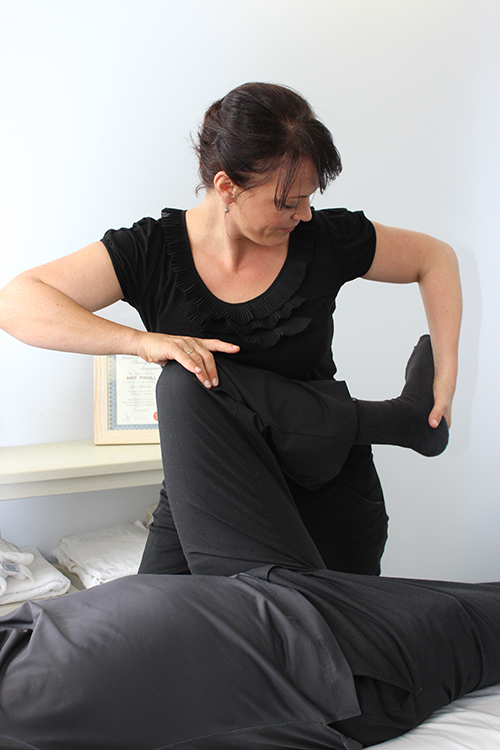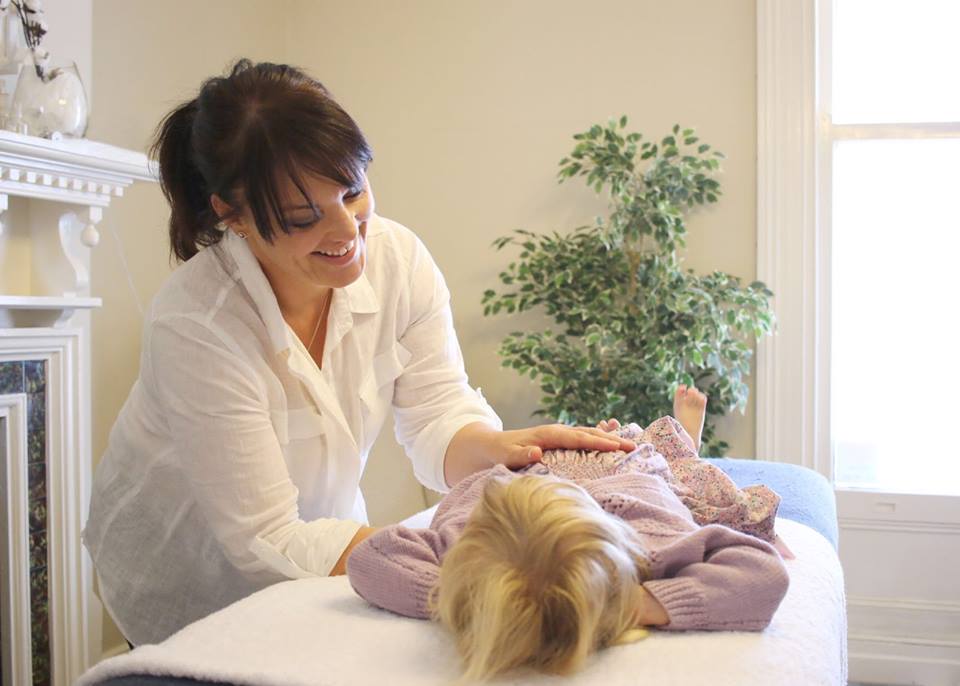Osteopathy FAQs
What do Osteopaths do?
Osteopaths focus on your neuro-musculoskeletal system – the bones, muscles, nerves and other tissues that support your body and control its movements. We understand that areas of restriction in the body will have a ripple effect on the tissues and joints around them.
Osteopaths are taught that accidents or operations, current stress, your diet and exercise regime, and the postures we adopt at work or home all contribute to how you present in the clinic.
We consider all aspects of your lifestyle, as well as how your body moves.
When should I see an Osteopath?
People attend osteopathy treatments when they experience problems like:
- Neck Pain
- Back Pain
- Postural Issues
- Nerve Pain
- Weight Bearing Issues
- Training Optimisation & Sport Performance
- Muscular Sprains & Strains
- Shoulder Pain
- Elbow Pain
- Scoliosis
- Tendon Problems
- Whiplash
- Osteoporosis
- Carpal Tunnel & Repetitive Strain Injuries
- Breathing Difficulties for Babies
- Latching On & Feeding Problems
- Headaches & Migraines
- Hip Pain
- Pelvic Pain
- Knee Pain
- Ankle Pain
- Foot Pain
- Leg Pain
- Jaw Pain
- Sciatica
- Plantar Fasciitis
- Bursitis
- Balance & Walking Problems
- Sport Injuries
- Arthritis
- Reflux
- Indigestion
- Pre-Natal Pain Management
- Post-Natal Pain Management


How is the Osteopathy approach different?
Osteopaths are very thorough in treatment approach. During a session it will often feel like your whole body is treated, moved, stretched and released so that not only the painful area is treated, but also related tissues which have become involved.
The body is assessed and treated as a unit, rather than focusing on a singular part. As well as treating the area of pain here are some added considerations an osteopath might make when treating you:
- If you have pain in your left foot, an osteopath might release tension in your right hip if it is found to be the cause of extra weight bearing in the left leg.
- If you have period pain, an osteopath may improve rib mobility and work with you on your breathing so that the pressure in the chest cavity is not causing extra pressure in the pelvis.
- If you have wrist pain, an osteopath may move your shoulder, ribs and neck to improve circulation to the whole arm.
What can I expect during my first treatment?
During your initial consultation and treatment, your osteopath will take a detailed medical and lifestyle history, as well as information about your current presenting concern. This process will include questions about:
- medications
- previous hospitalisations or surgeries
- accidents, broken bones or illnesses
- your activity level
- family history
- other questions that relate to your body
After a comprehensive history has been completed you will be assessed by the osteopath. This assessment includes diagnostic, orthopaedic or neurological tests, movement and postural assessments, which determine how best to manage your condition. The osteopath may move your arms or legs, may ask you to bend forward, or perform a movement – a squat, for example. An osteopathy treatment is a full body assessment so be sure to wear comfortable clothes to allow free movement.
The techniques we use to treat your pain are based on our test outcomes so that your treatment is tailored to your specific presentation and pain level.
Your first treatment with the osteopath will go for approximately 45-60 mins. Followup sessions are for 30 mins.
How many treatments will I need?
A number of factors influence the prognosis when developing a treatment program. These include age, diet, exercise level, and the length of time since the injury.
If there is a chronic problem people respond better with sessions closer together and may need a little longer. Most people notice an improvement after the first session, with the body better sustaining the new changes after 3 to 6 sessions. Your osteopath will discuss this with you during your initial treatment.
At Freeform Osteopathy we aim to treat you in as few treatments as possible and may provide you with a home management plan with stretches or exercises to help you take back control of your body.
Do osteopaths treat children?
We treat children of any age, including newborns.
- Babies may respond well to osteopathic treatment for:
- irritability or generally being unsettled
- wry neck (or tortcollis)
- breathing difficulties
- constipation
- reflux
- even feeding issues, such as latching on
- In children we treat:
- imbalanced posture or gait
- indigestion
- breathing difficulties
- general movement
Are there different types of osteopathy?
Yes. Structural Osteopathy is the treatment of the body by moving body part. This can include gently treating the organs (Visceral Osteopathy). Another branch or specialty is Cranial Osteopathy – influencing the cranium and the nervous system by gently manipulating the skull. This is widely accepted for the treatment of newborns and children.
When should I not use osteopathy?
Many of our clients come in for regular check ups regarding common aches and pains. Even if you are undergoing rehabilitation for a recent break or fracture, osteopaths may assist in reducing compensation patterns which start to develop – for example when using a walking stick or crutches.
Osteopaths are trained to recognise when manual therapy is not appropriate and when other medical attention should be sought. Your osteopath can refer you to other specialists who can treat these problems, if required.
Claiming Health Fund rebates or Medicare
We do not bulk bill or deal with Work Cover insurance companies.
Medicare rebates only apply if you have a Management Plan with you from you Doctor. Please note: we are limited in the number we are able to accept at any one time. Check with reception prior to booking your appointment.
The good news is we do process private health rebates. Just bring your private health card with you to receive an instant rebate (depending on your personal cover) then you only pay the remaining gap.
Where did osteopathy come from?
Osteopathy originates from the United States. It was founded by a physician named Andrew Taylor Still in 1874. He later founded the American School of Osteopathy in 1892, where it then became popular in Britain, then Australia and New Zealand. Osteopathy is now a widely recognised primary health care profession for all ages.
Why are you called a doctor?
The Australian Health Practitioner Regulation Agency (AHRPA) approves Osteopaths using the title of Doctor if the word osteopath is included next to the practitioners name.
Can anyone call themselves an osteopath?
No – Osteopaths practicing in Australia are required to register with the Australian Health Practitioner Regulation Agency (AHPRA). Some also choose to register with Osteopathy Australia. Our Osteopaths are registered members of both the AHPRA and Osteopathy Australia.
